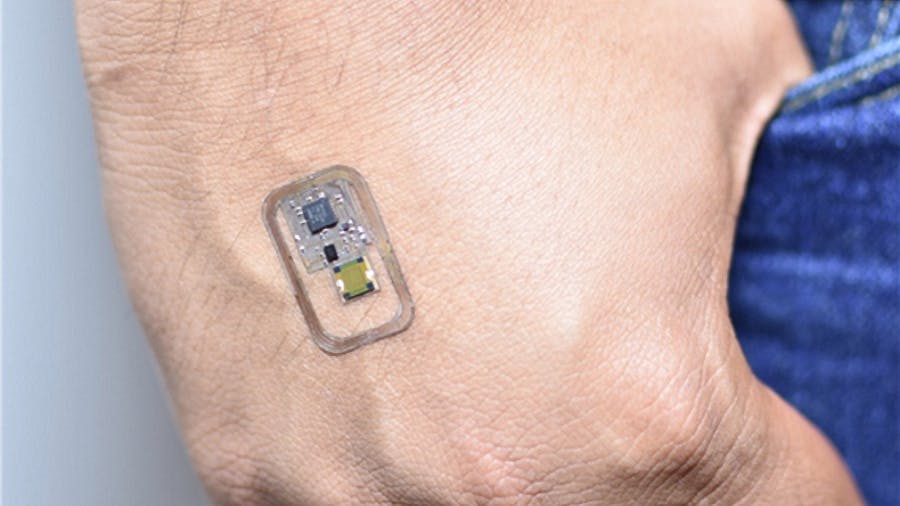
Wearable, Battery-Free Nicotine Sensor Can Monitor Your Exposure to Smoke and Vape Mist
from hackster.io
A team of scientists from Melbourne's RMIT and the University of Arizona, Tucson, have developed a wearable sensor that uses near-field communication (NFC) for battery-free real-time monitoring of nicotine exposure — targeting those who use, or spend time around those who use, tobacco, e-cigarettes, and vapes.
"Nicotine, an addictive substance in tobacco products and electronic cigarettes (e-cigs), is recognized for increasing the risk of cardiovascular and respiratory disorders," the team explains. "Careful real-time monitoring of nicotine exposure is critical in alleviating the potential health impacts of not just smokers but also those exposed to second-hand and third-hand smoke."
"Monitoring of nicotine requires suitable sensing material to detect nicotine selectively and testing under free-living conditions in the standard environment."
Actually monitoring nicotine exposure, though, can be a challenge — which is where the team's sensor comes in. Designed to be worn on the skin, the compact device is battery free: A vanadium dioxide (VO₂) sensor reacts with nicotine and alters its electrical characteristics; an amplifier connected to a near-field communication (NFC) chip picks up the change, with the result being sent wirelessly to a smartphone or other NFC-capable device.
While the team's work concentrated on nicotine exposure, the core concept is applicable more broadly — simply replace the sensor material with another to pick up exposure to some other substance. "Collectively, the technique of sensor development and integration expands the use of wearable electronics for real-time monitoring of hazardous elements in the environment and biosignals wirelessly," the team concludes.
The team's work has been published in the journal ACS Sensors, under closed-access terms.




Leave a comment